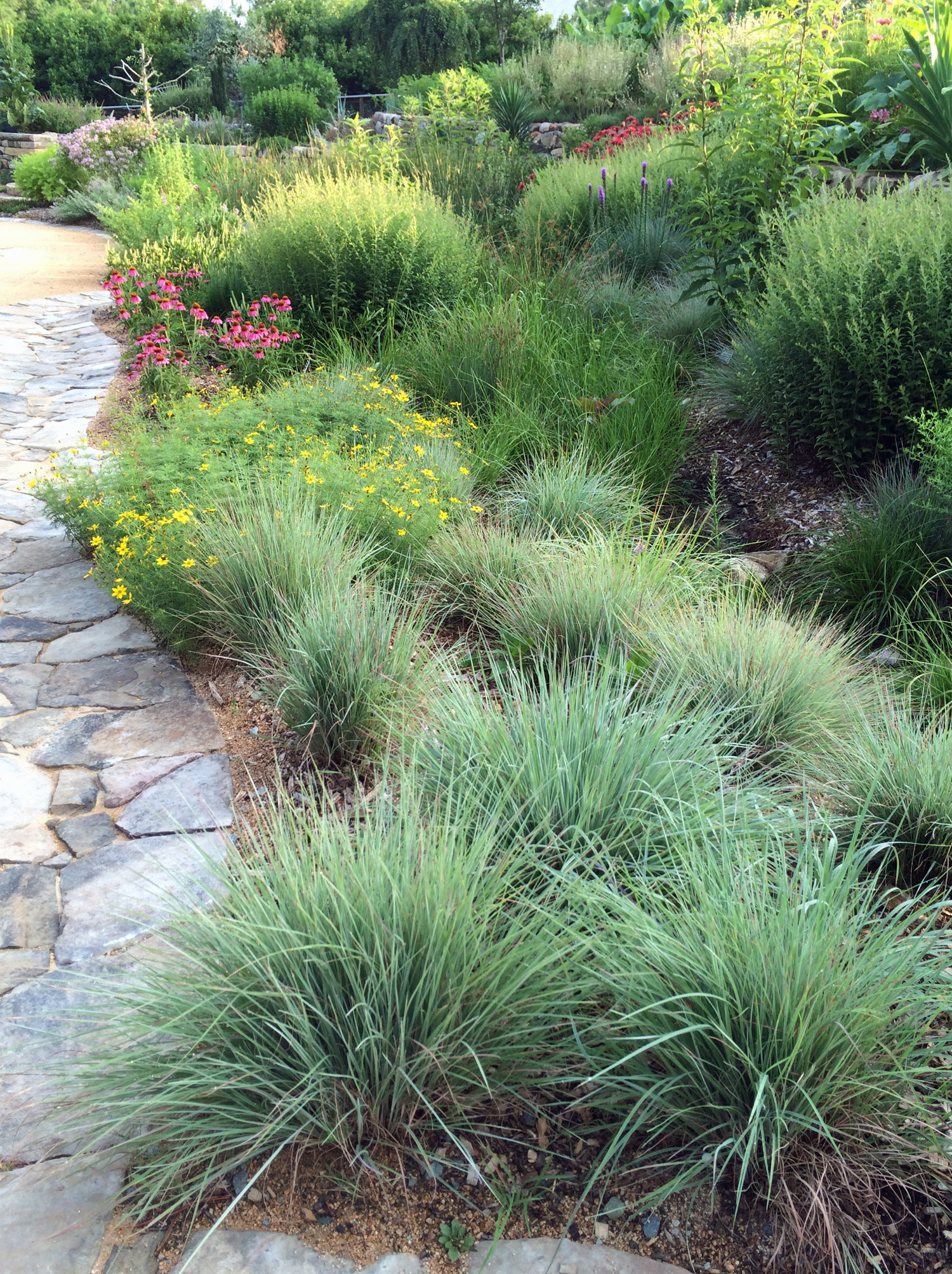Harness the Power of Grasses & Sedges™
Green infrastructure uses vegetation, soils, and natural processes to manage water and create healthier urban environments.
–U.S. Environmental Protection Agency
The way people think about plants and the way our communities manage water are changing. Green infrastructure (GI) may become the new normal. GI uses natural features to manage water while providing additional benefits, such as recreation space, support for wildlife, and increased aesthetic value.
According to Dr. Charlie Hall, a horticultural economist from Texas A&M University, “We’ve got to emphasize the economic benefits, the environmental/ecosystem service benefits, and the health and well-being benefits [of plants], not just the fact that they’re pretty.” Talking about what plants can do for us and treating them as a necessity rather a luxury is key for our industry.
We and our customers are seeing projects that can be classified as green infrastructure more often. We think it’s worth knowing more about them. The shift to GI presents our industry with unique opportunities. It’s time to think about how your growing program or business model fits this new market.
Grasses, sedges, and rushes play a major role in green infrastructure and low impact development. Their fibrous root systems anchor soil, slow down water flow, and increase infiltration. They help remove pollutants, and many are well-adapted to the demands of GI features.
So, you see…we’re pretty interested in water and green infrastructure these days. If you're ready to jump right to the plants, download our Green Infrastructure Guide and Plant Chart.




